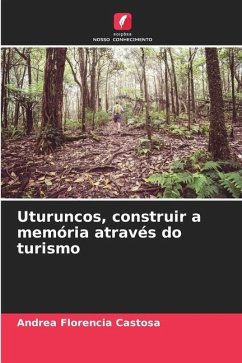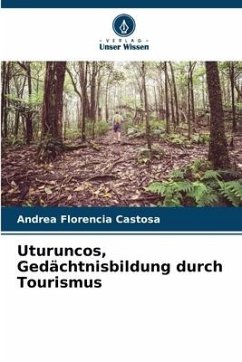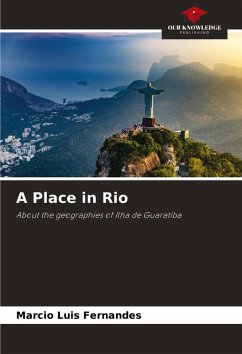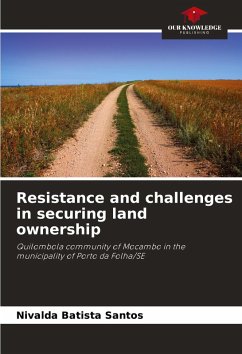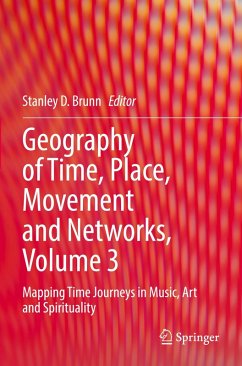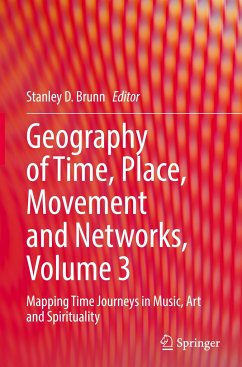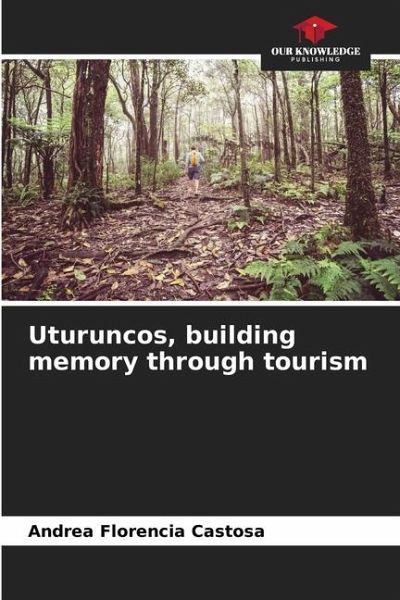
Uturuncos, building memory through tourism
Versandkostenfrei!
Versandfertig in 6-10 Tagen
27,99 €
inkl. MwSt.

PAYBACK Punkte
14 °P sammeln!
This paper proposes an assessment of the cultural heritage of the recent history of Aconquija National Park, linked to the Uturuncos guerrilla group that emerged in 1960 in the southern part of the Yungas of Tucuman, in the province of the same name in Argentina. The history of this guerrilla group, the first to emerge in our country, is analysed through interviews with the neighbours (five women and two men) of Piedra Grande and the territory that today forms part of the Aconquija National Park, Portal Campo de Los Alisos. By recovering their memories, the aim is to question the history prese...
This paper proposes an assessment of the cultural heritage of the recent history of Aconquija National Park, linked to the Uturuncos guerrilla group that emerged in 1960 in the southern part of the Yungas of Tucuman, in the province of the same name in Argentina. The history of this guerrilla group, the first to emerge in our country, is analysed through interviews with the neighbours (five women and two men) of Piedra Grande and the territory that today forms part of the Aconquija National Park, Portal Campo de Los Alisos. By recovering their memories, the aim is to question the history present in the local collective unconscious and thus favour the empowerment of this "marginal" part of history. How can memories help to construct history? As Juana Flores (one of the interviewees) says: "...they have not been easy stories, they have left many scars and maybe there are people who do not want to relive them...". However, the purpose of investigating memory makes it possible to reactivate events of the past in order to keep a subaltern memory alive.



